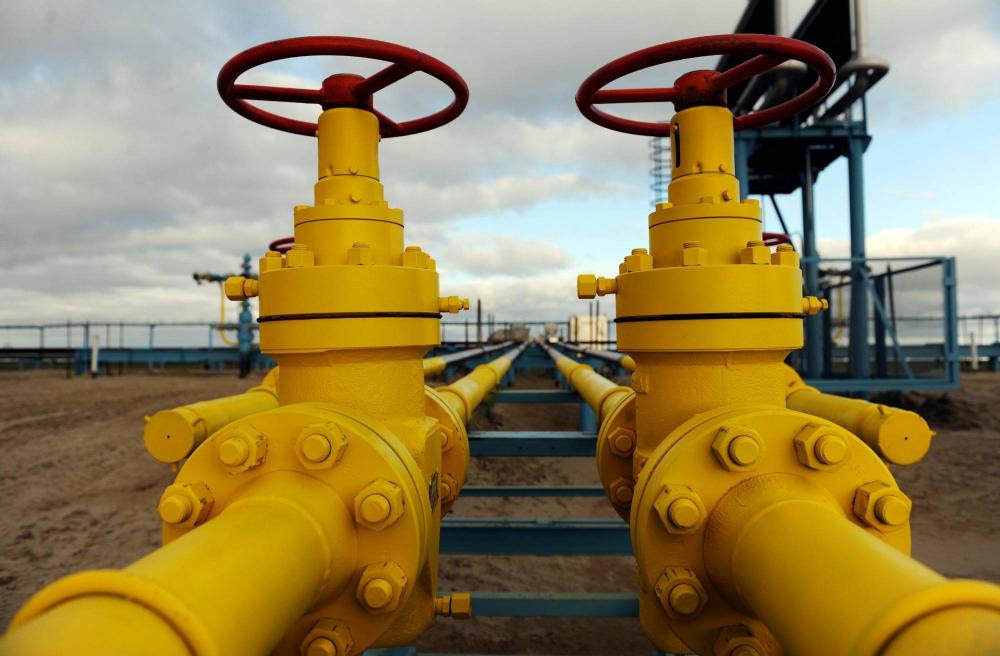Despite the world's largest gas reserves, Iran is placed 12th in terms of gas exports, thanks to poor management and indifference of authorities. Those in charge in Tehran over the past four decades undermined the role, value and significance of this key export item, and let the opportunity slip only to become a distant dream.
In light of the world economy gas differs from oil inasmuch as it is a local and regional commodity and cannot be widely traded, distributed, and transported across the globe in the same manner as oil. Currently, liquefied gas in international markets is of growing importance, and Iran, notwithstanding the huge investments in this sector, hardly has a tellar performance. On this oft reviewed setbacks, Ali Shams-Ardakani, head of the energy committee of Iran’s Chamber of Commerce, told the Persian daily Forsat-e-Emrouz that the primary reason for such lack of productivity is the chronic absence of economic foresight and vision among authorities for decades.
"If investment in the South Pars gas field in the Persian Gulf had been important for those responsible, Iran would have been far ahead of Qatar in gas production from the (joint) field; but one specific error in the government hampered its development for nearly 10 years," Shams-Ardakani said without elaboration.
Iran could have reached production prior to the tiny Arab emirate and export 100 million cubic meters of gas if investments in Phase 12 of the major gas field had commenced in 1990. "All those opportunities were lost due largely to wrong decisions." Under such unfavorable conditions, however, increased investments are made in liquefied natural gas which is not economically feasible "because Qatar and Australia have captured the lion's share of the global LNG market. By the same token and given the current international market conditions attracting new customers is not easy."
Flawed
Some analysts had opined that because of the problems between Russia and Ukraine, Iran can replace Russia's gas export, but this was akin to "a fallacy," Shams-Ardakani told the newspaper. The current government lacks enough investment capital. However, efforts made by the government in South Pars to achieve energy self-reliance is of great importance "because every cubic meter of gas injected into the national network saves one liter of diesel."
Having said that, he noted, efforts were mostly concentrated on oil production in the past decades, and revenues thereof were spent on current expenditures instead of being invested. "Gas production never was a priority of policy and decision makers of the previous governments."
Iran simply cannot draw on missed opportunities unless it takes advantage of its strategic proximity to develop a gas network among the neighboring countries. Favorable results could be achieved if the "government remains only in charge of policymaking and let private sector take care of development projects as both will then benefit."
The Islamic Republic holds the world’s biggest natural gas reserves, which accounts for 17% of the world's proved reserves. The world's largest gas field, South Pars, is shared between Iran and Qatar. It is estimated to hold roughly 40% of Iran's gas reserves. However, the vast majority of Iran's gas reserves are underdeveloped. Iran is a relatively minor and strictly regional exporter of natural gas via pipelines to three neighbors – Turkey, Armenia, and Azerbaijan. Its share of the global gas export is hardly one percent and does not have liquefied natural gas (LNG) export terminals, the senior chamber official stressed.
Turkey is the major recipient of Iranian natural gas under a long-term contract. Armenia and Azerbaijan have swap arrangements with Tehran that account for 6 percent and 3 percent of the exports, respectively. "Iran imports more natural gas than it exports."
"Barely two percent of the gas production is currently exported. Plans are underway to increase gas export from the current two percent to ten percent by the next decade. To do so, Iran needs to formulate an effective plan and draw on its under-developed, but lucrative, gas sector."


